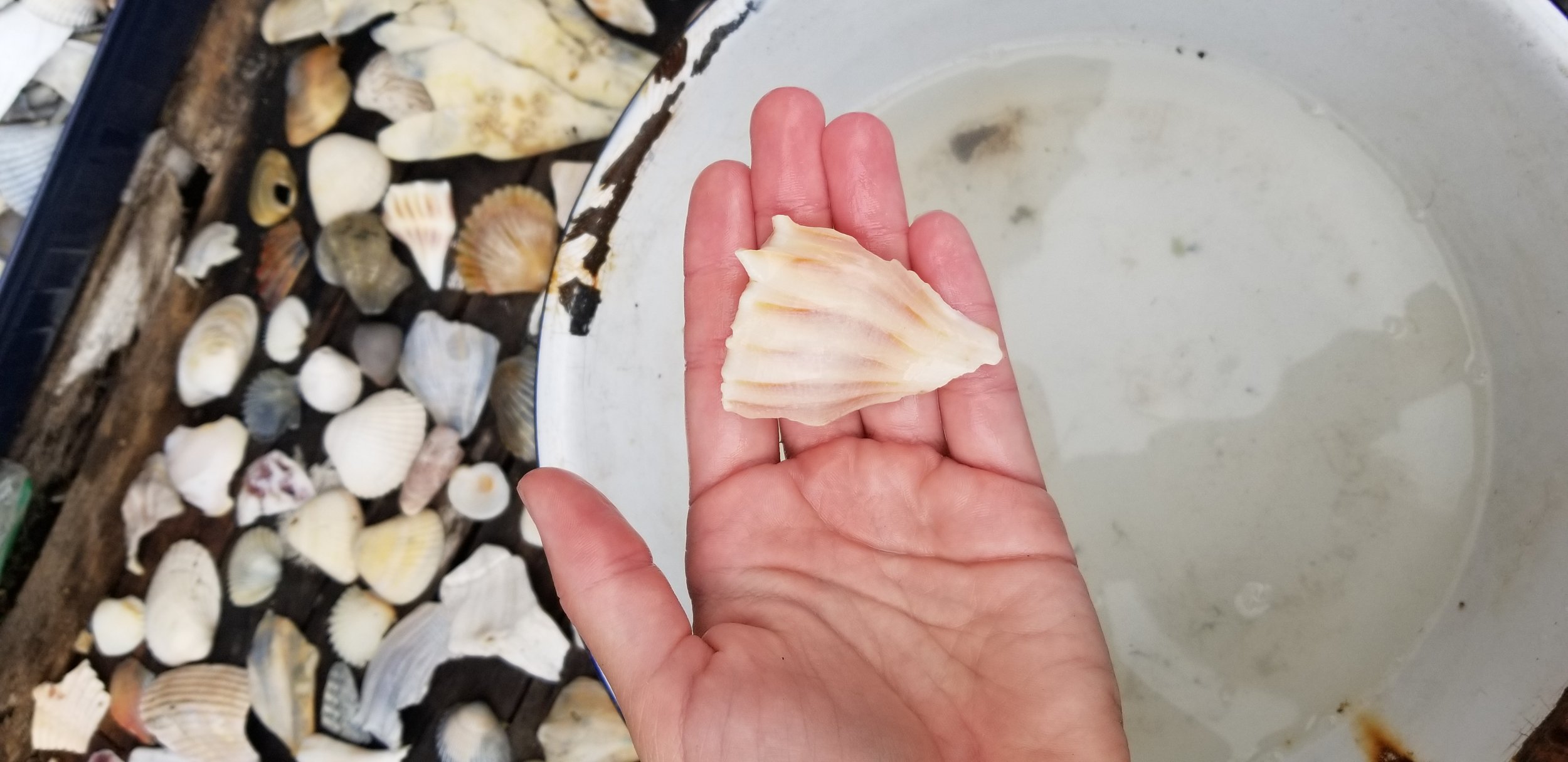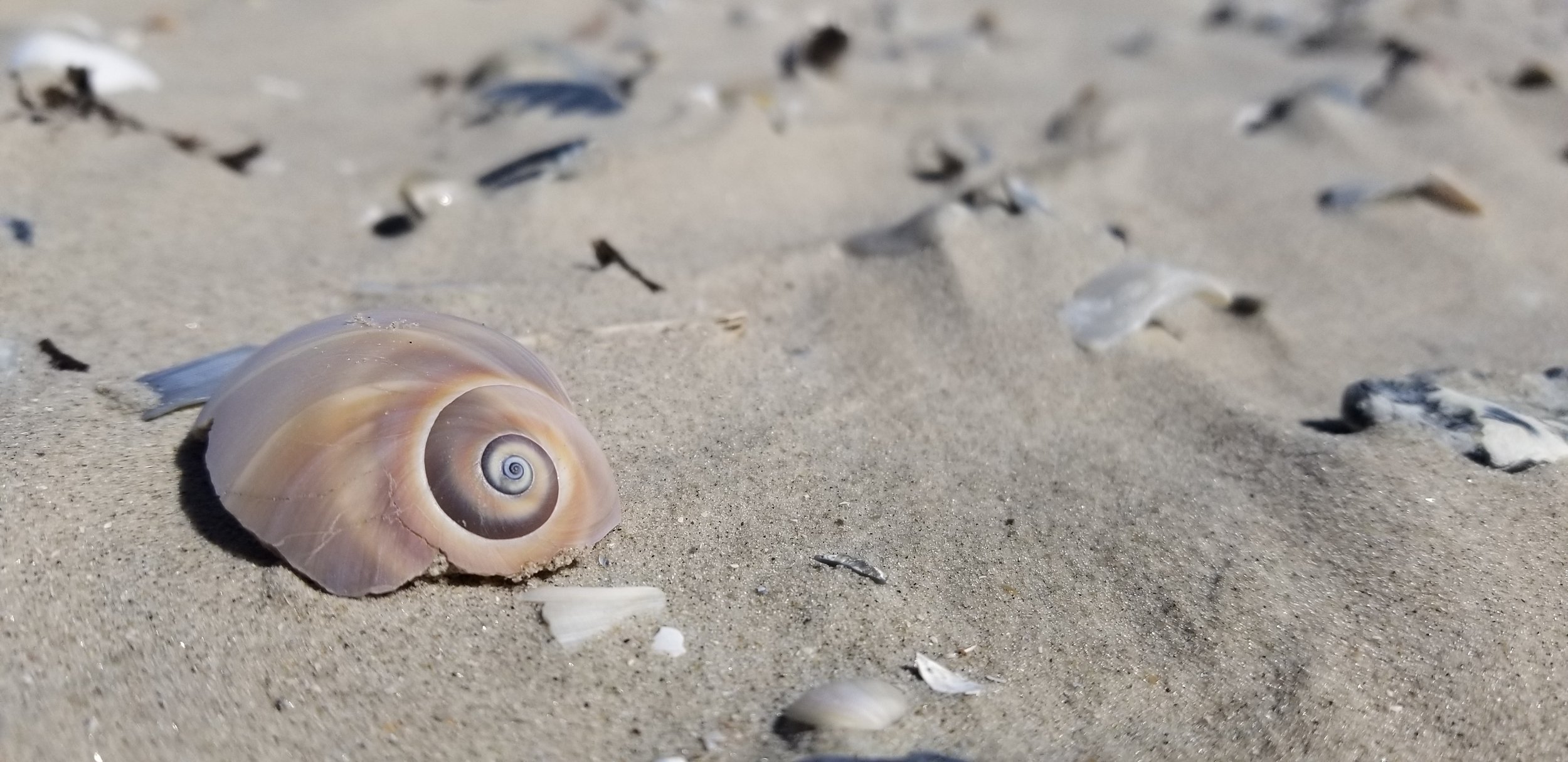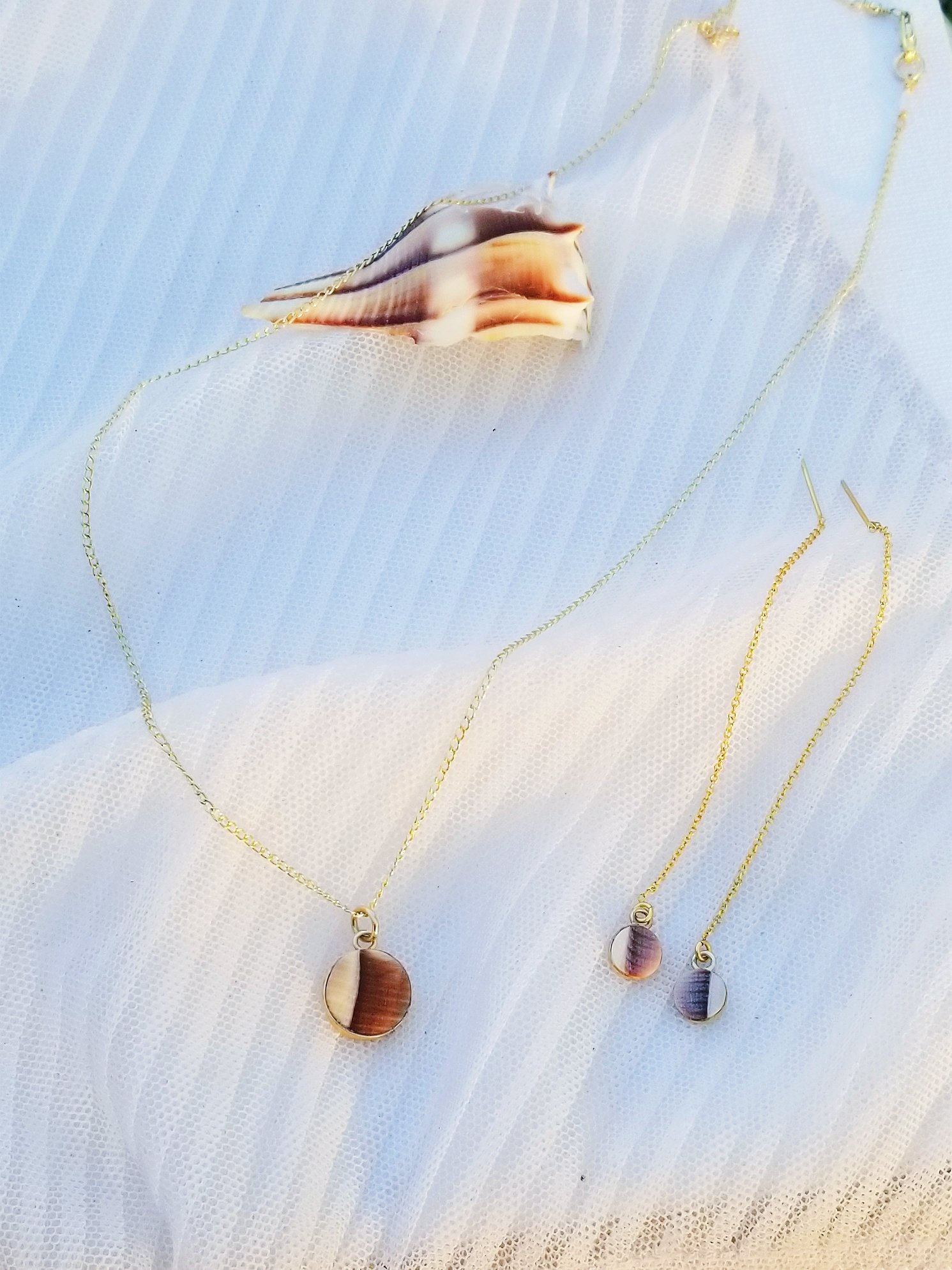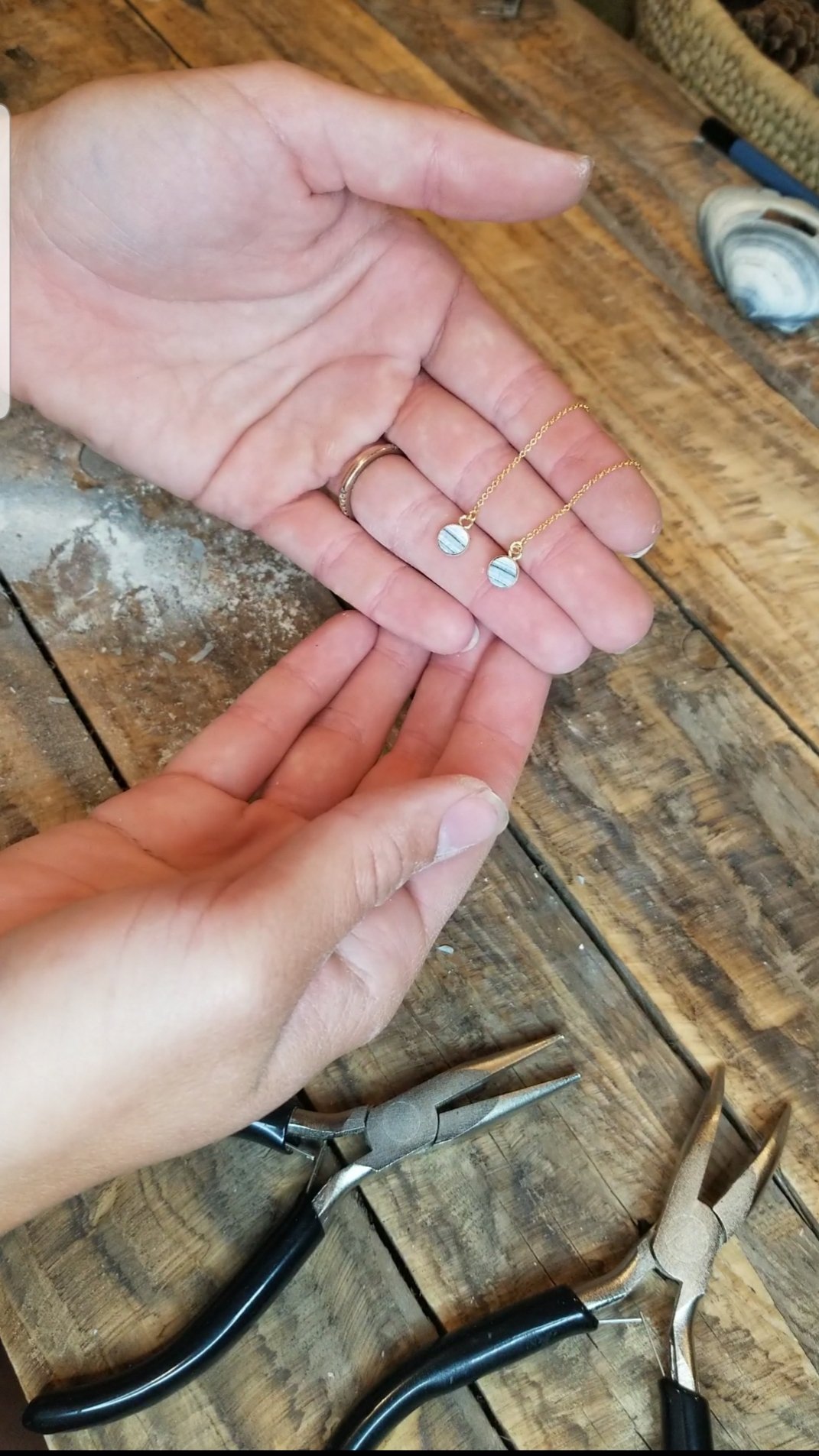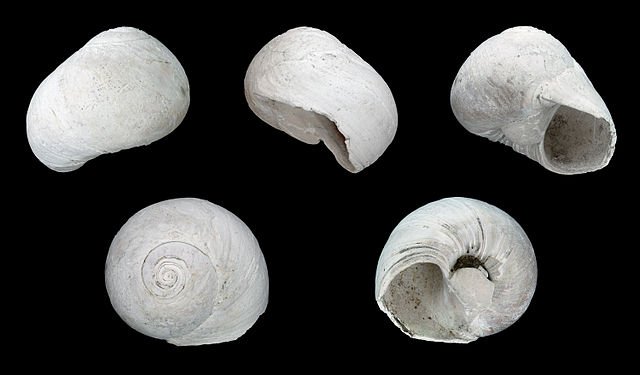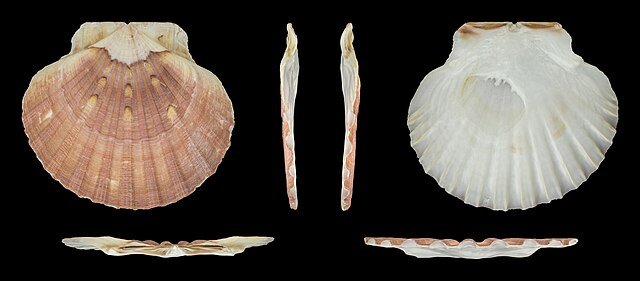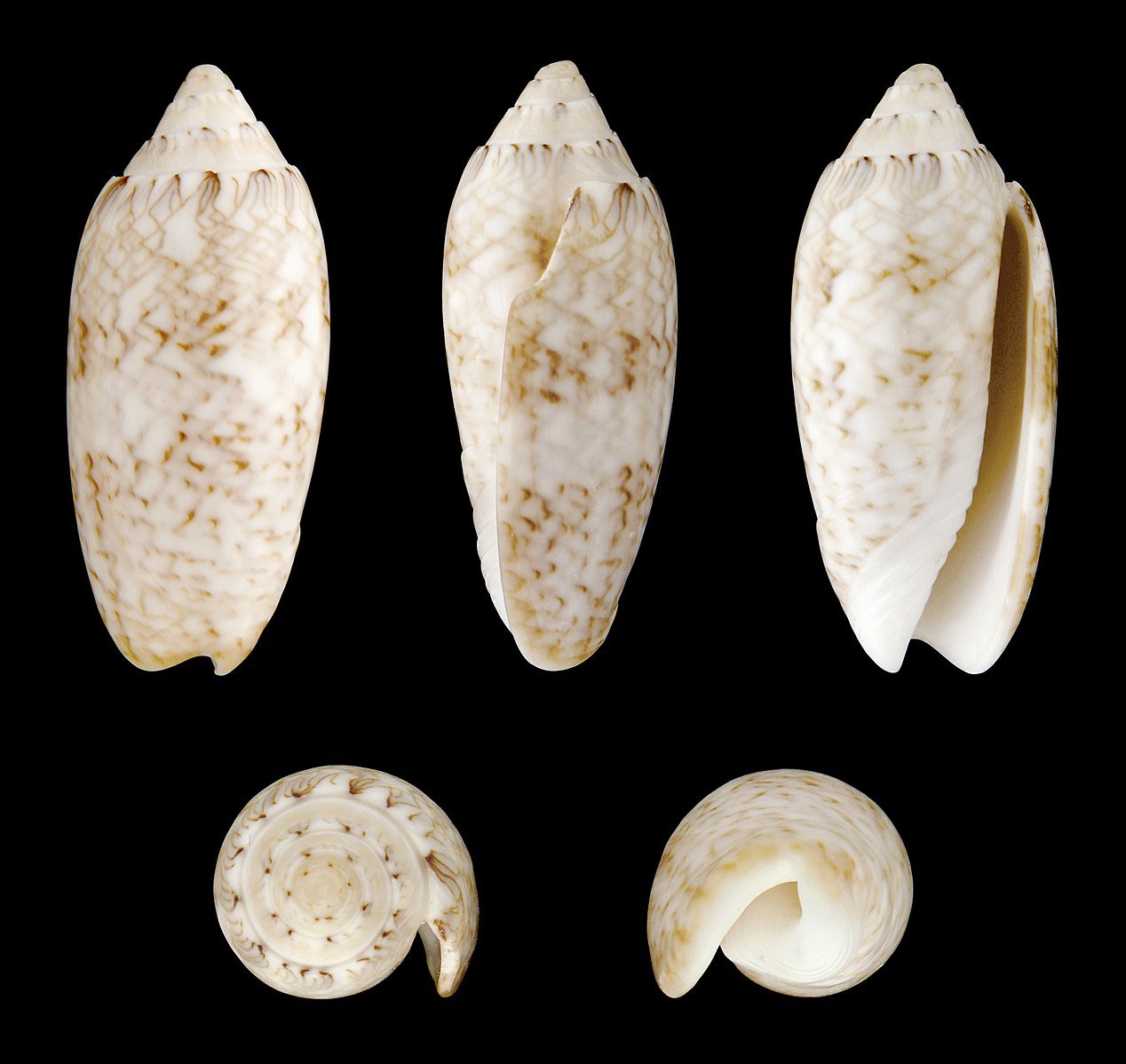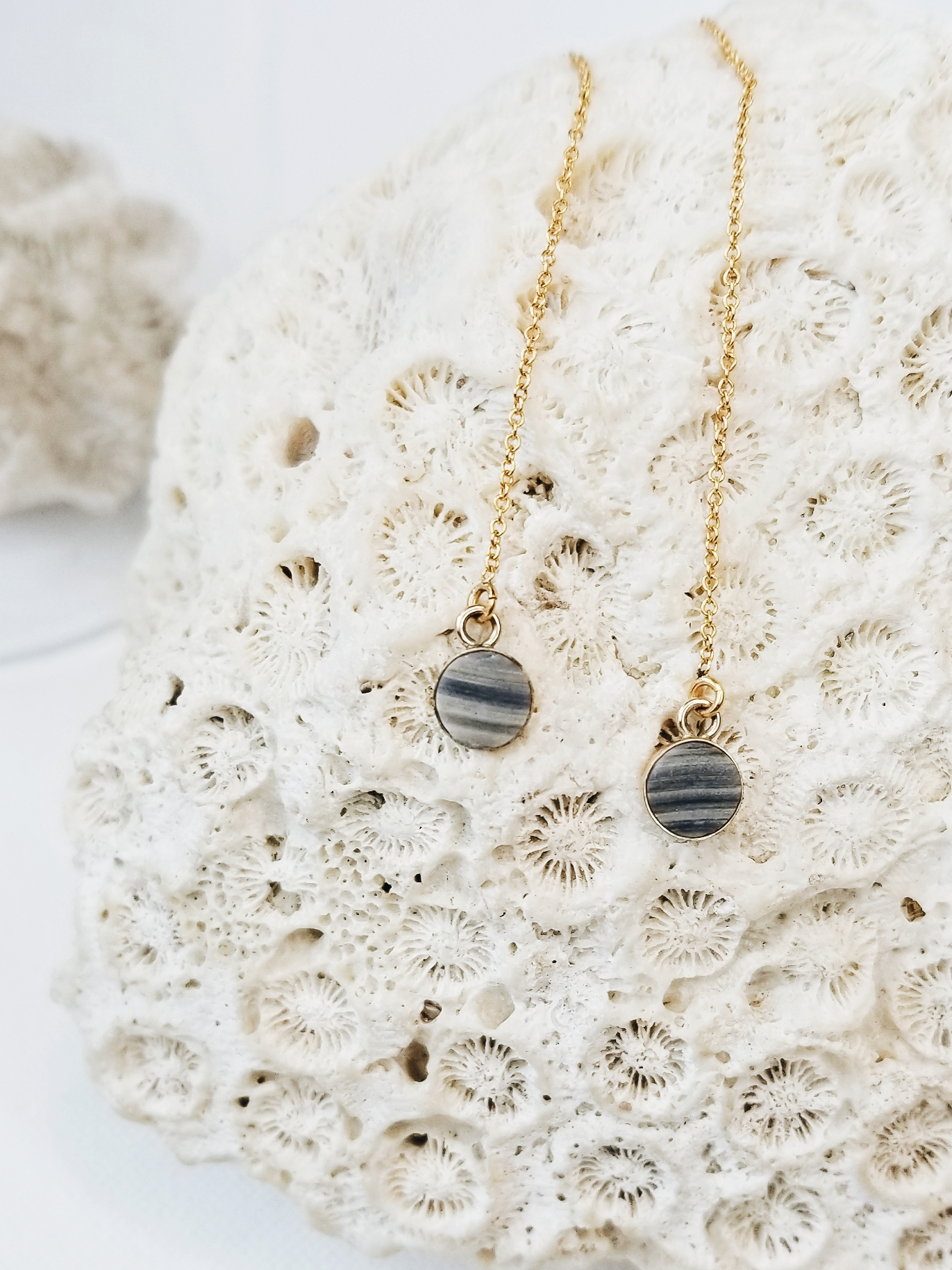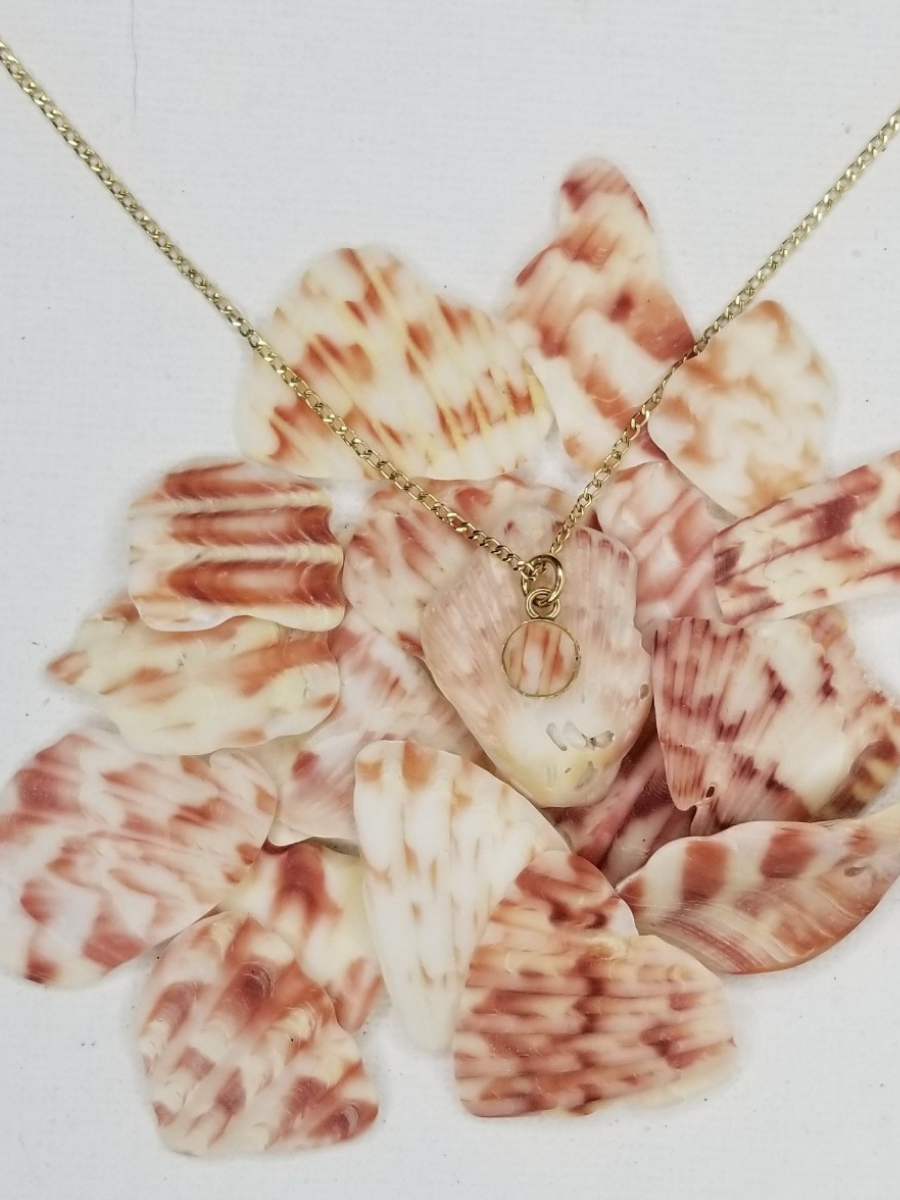A Guide to Ethical Beachcombing
This guest post is written by Sarah Underwood, founder of Staghorn Jewelry, a small business dedicated to helping save the ocean. They create unique, handmade jewelry from sustainably collected shells and recycled materials. Proceeds from the jewelry support Shark Allies’ mission to protect sharks and their ocean habitat.
With summer in full swing, it’s the perfect time to explore your local beach or travel to coastal destinations. One of our favorite family-friendly summer activities is combing the beach for seashells. This is a fun outdoor activity that connects you with nature while getting some much-needed salt, sun, and sand. To ensure you make the most of your beachcombing outings, we’ve put together a list of tips, tricks, and things to keep in mind while collecting.
Tips for Collecting Seashells
Best times to go shell hunting
There are certain times when you can find more and better seashells on the beach. These are generally:
Off-season and weekdays are a great time to avoid crowds. Not only will you get more of the beach to yourself, but you will also have less competition from other people wanting to look for shells as well.
Mornings are another great time to look for seashells. If you get there early enough, you can beat most people to the beach and tides are usually lower in the morning!
Low tide is generally the best time for shell hunting. High tide will bring in a lot of shells to the shore, while low tide gives you the opportunity to find them. Some of the best shelling can be done an hour before to an hour after low tide.
Full moons and heavy storms bring a great selection. The stronger tides bring in more seashells, including some that are rare.
Best places to look for seashells
Some of the best areas to look for seashells are those that get a large amount of tide deposits. This includes inlets and more secluded sections of the beach. Many of these sections will require a 4WD vehicle to access, but even without a 4WD vehicle, you can still find good spots where currents merge and bring more seashells inland.
Talking to locals can be extremely helpful in finding good shelling spots.
Also, don’t forget to check patches of seaweed/sea grass/kelp for shells that may be intermingled.
If the beach is in a heavily occupied area, it is more likely to be managed and plowed. With beaches that are plowed each morning, it can be really difficult to find shells as they get buried in the sand. In this case, the best bet is to wake up early before the beaches are plowed.
Some of the best areas on the beach to look for shells will be along the waterline left by high tide. There is usually a pretty distinct line making it easy to find. This is where the biggest collection of shells, trash, and other debris will be.
How to clean seashells
Once you find a nice selection of shells, it’s time to clean them! There are a few ways to sanitize your findings.
One way to make sure your shells are completely sanitized is to place them in boiling water for a few minutes before removing and drying them.
You can also do a simple clean & soak. Wash all of the sand and other debris off, then get a tub full of water and dish soap. Soak the shells for a few minutes, hours, or even days. Then, gently clean off any extra debris or markings with a scrub brush or toothbrush.
Be careful with the more delicate shells like angel wings or pen shells. For these, it’s best to only do a light rinse, as scrubbing or boiling can easily break them. Once the shells are clean, rinse them in freshwater and lay them out to dry.
How to care for your seashell collection
Keep your seashells in a safe place where they are not likely to be broken easily. You can keep a large selection in a jar or other container but for any delicate shells or if you have a select few favorites, it’s best to store them separately in a closed container where they won’t get crushed/broken. Some seashells have a natural luster but most have a natural matte finish. If you want to increase the shine of your shell you can polish them with a polishing brush or with a natural oil like mineral oil.
Creative Ideas to Display Seashell Collections
Many people come home with a large selection of shells after their adventures, but are left not knowing what to do with them. We say, get creative! Instead of forgetting about them in a box or jar in the corner of your garage try doing something fun with them instead!
Decorate with them. Place a few throughout your home or office, or designate a glass container to hold a larger selection of seashells. Place it somewhere that will remind you of the fun you had shell hunting! You can even add the date and location to the container for an extra sentimental touch.
Frame them. One fun way to use shells is to find a shadowbox or other frame with some extra room, and get creative! Place them into geometric patterns or make your own artwork. Glue them to a sturdy backing and place the frame somewhere you can admire it.
Make jewelry. Turn your shell collection into wearable art! Some shells come with a natural predrilled hole from predation, but you can also add a hole, wrap it with wire or string, or find another way to turn it into jewelry. If you want handmade jewelry without going through the work yourself, check out Staghorn Jewelry, a company that turns shells hand collected along the Gulf of Mexico into beautiful, wearable pieces!
How to Identify Seashell Species
An interesting part of shell hunting is identification! You can use an app, the internet, or a guide to help you figure out what each shell is. This can be challenging for broken shells, but with practice, you can learn to identify certain species from just a fragment of the shell. Certain seashells have very identifiable characteristics, making them easy to spot. Some simple shells to get your identification skills started are lighting whelks, shark eye seashells, scallops, and lettered olives.
Lightning Whelks (Sinistrofulgar perversum) have a spiraled shell with brown vertical “lighting” stripes and a lighter band around the middle. They are unique in that they have a left-handed or sinistral spiral. Most other seashells spiral in the opposite direction, so this is the key thing to look for in identification.
Shark Eye (Neverita duplicata) shells are shaped a lot like the average snail you find in your backyard, with a very distinct inner spiral. These shells have a dark blue spiral center that resembles a shark’s eye, hence the name. They are predatory animals, preying on other mollusks, and leave circular holes with rough edges on their prey. Fun fact: many of the shells you find washed up that already have a hole in them were probably preyed upon by shark eye and other predatory mollusks.
Scallops come in many different species. They are a bivalve, like clams and oysters, with a very distinct saucer-shaped shell and scalloped edge. When living, they also have a large set of eyes — up to 200! They can even form pearls.
Lettered Olives (Oliva sayana) are another seashell that is easy to identify when you know what to look for. They have a distinct cone shape with a spiral shell. Their shell has dark zigzag markings on it that resemble hieroglyphics — hence their name! These shells also have a very distinct smooth and shiny surface, in contrast to many of the other shells you will find.
Ethical Beachcombing Tips
While collecting seashells can be a great activity, it is important to make sure you are collecting your seashells in a sustainable and ethical way. Here are a few things to keep in mind:
Beware of living animals. Many crabs will inhabit empty shells, so check your shells before taking them home. Don’t pick up any shells that still have a living animal inside!
Be very careful about collecting whole spiral seashells from the beach. Shells that are broken or have large holes in them are generally going to be empty. If you’re not sure if there is a living animal inside, it’s best to just leave it. There are plenty of other beautiful shells to find!
Don’t collect shells that are in the water. Most seashells in the water still have an animal living inside them, so the best bet is to stick to shells that have already washed up on the shore.
Don’t pick up every shell you see. This can be a hard one, but try not to grab every shell you can find. It’s important to collect in a sustainable way, which means not taking too many from a certain area. Bring a jar, bucket, or other container to sort through and pick your favorites, then put the rest back. Not only is it better for the environment, but it will also ensure you don’t have unnecessary stacks of shells at home. Plus, it ensures you keep the select few that you really love, making them more special.
Know the rules at each location. There are some beaches that have rules and regulations on what you can and can’t collect. Some protected beaches don’t allow you to take any shells home, while others allow personal collection or they may have a limit as to how many you can take. Look up the beach before you go to make sure you know the rules; the National Park Service is a great place to start, but you can also directly search the beach you will be going to online.
Never take coral out of the ocean. If it washes up on the beach, it’s fair game. But it’s incredibly important to never remove it from its natural habitat. Doing so harms the reefs and all the animals that inhabit it.
Be respectful of all ocean wildlife. Don’t harass or harm any wildlife that washes ashore or is found in shallow regions.
If you find a live starfish or sand dollar, don’t remove it from its habitat. These are live animals that deserve respect. Broken sand dollar pieces are common to find and okay to collect, but if you are lucky enough to find a live sand dollar, return it back to the ocean.
Cone snails can be found in stunning patterns and colors, but they are very dangerous. They have a potent venom that leaves their prey paralyzed and eventually kills it. A sting from one of these snails can be very painful — and even deadly!
Jellyfish and man-o-wars are other animals that commonly wash ashore. There is debate as to whether to return them back to the ocean or leave them where you find them. Personally, we return live jellyfish back to the ocean if it is safe to do so. There are some species with very long tentacles that are hard to see, so it is important to not pick them up with your hands. Use a shovel or something else where you can safely pick it up without damaging it, and then take it to a secluded area without people swimming. You may have to wade in a bit so it doesn’t wash back up with the waves. If the jellyfish is dead, leave it where it is or cover it with sand so that someone doesn’t accidentally step on it.
Pick up after yourself and others. This is one of our biggest rules when we go shell hunting! It’s important to be respectful of ocean life, and this means picking up after yourself and others as well. While looking for shells you will inevitably find trash. Bring along an extra bag, bucket, or sack to collect any trash you see. This helps keep the beaches clean and keeps trash from washing back into the ocean.
Support Shark Allies by shopping Staghorn Jewelry’s ethical jewelry collection. All shells are hand-picked, highlighting the delicate and beautiful patterns, colors, and shapes that can only be found in nature.


